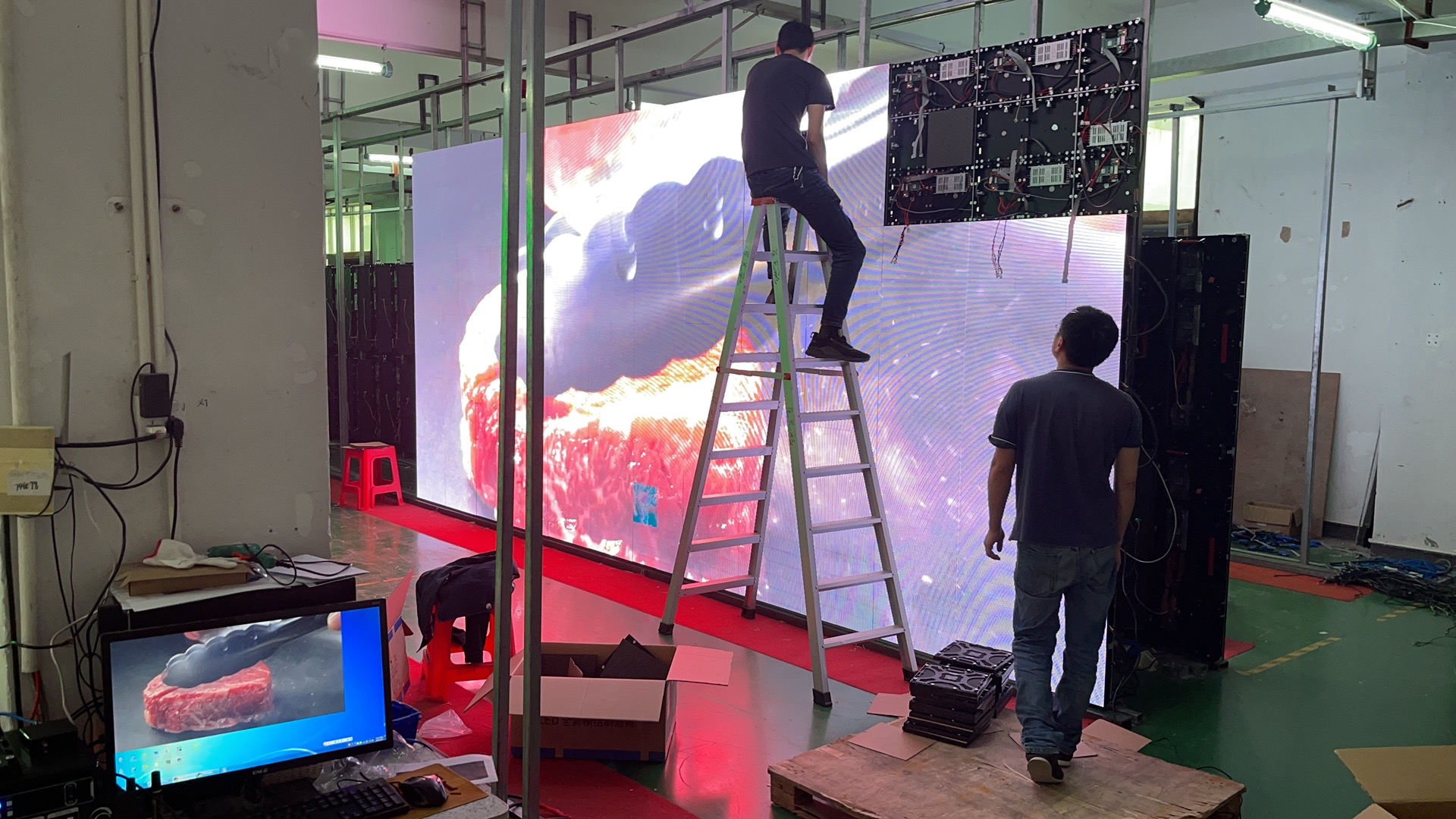What are the technical steps and requirements for the installation of LCD splicing screen?
The installation of LCD splicing screen is not like ordinary display equipment, just simply put it on and install it. The installation of LCD splicing screens should not only choose the installation site carefully, but also pay attention to the light around the installation environment, and also need to pay attention to the wiring, and there are also requirements for the frame. When choosing, let’s talk about how to install the LCD splicing screen. So, what are the technical steps and requirements for the installation of LCD splicing screens?

1. Choice of installation ground:
The installation ground of LCD splicing screen should be flat, because the entire system of LCD splicing screen is relatively large in terms of volume and weight. The selected floor also needs to have a certain ability to bear weight. If the floor is tile, it may not be able to bear its weight. Another point is that the installed ground must be anti-static.
2. Cautions for wiring:
When installing the LCD splicing screen, pay attention to distinguishing its power line and signal line when wiring, and install them in different places to avoid interference. In addition, according to the size and installation position of the screen of the entire project, calculate the length and specifications of the various lines needed, and calculate the needs of the entire project.

3. Ambient light requirements:
Although the brightness of the LCD splicing screen is very high, it is still limited after all, so the light around the environment where you choose to install cannot be too strong. If it is too strong, you may not see the picture on the screen. The light that may enter near the screen (such as windows) should be blocked if necessary. At the same time, it is best to turn off the light when the device is running to ensure the normal operation of the device. Do not install a light directly in front of the screen, just install a downlight.
4. Frame requirements:
In order to facilitate the maintenance of the LCD splicing screen in the future, the frame edging must be a detachable edging. A gap of about 25mm is reserved between the inner edge of the outer frame and the outer edge of the splicing wall. For large-scale splicing walls, the margin should be appropriately increased according to the number of columns. In addition, in order to enter the cabinet for maintenance later, the maintenance channel is in principle not less than 1.2m wide. The detachable side strip should be pressed against the edge of the screen by 3-5mm. After the cabinet and the screen are fully installed in place, the detachable side strip is finally fixed.
